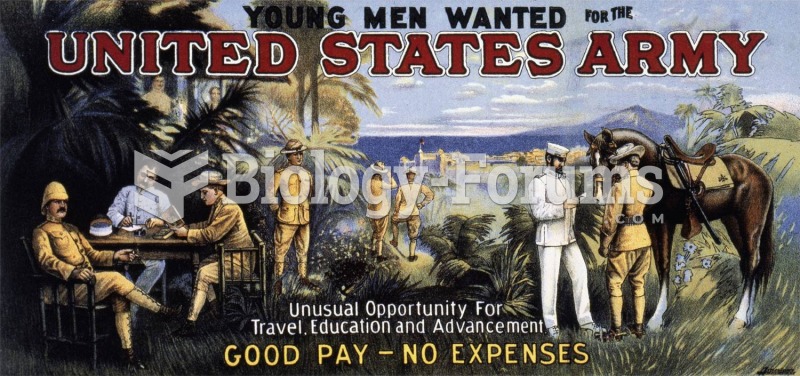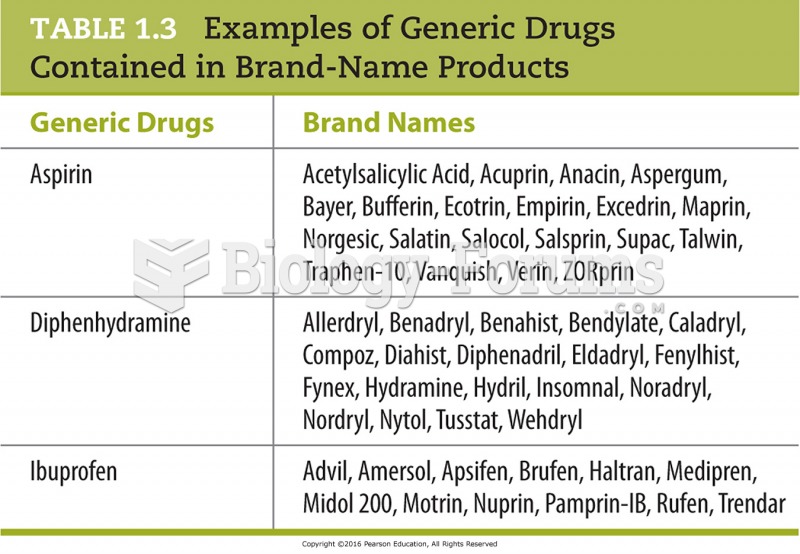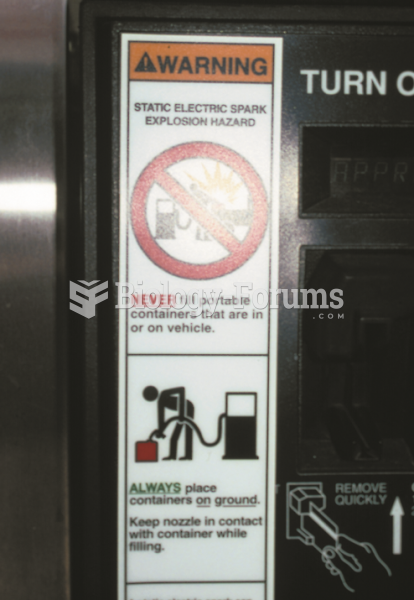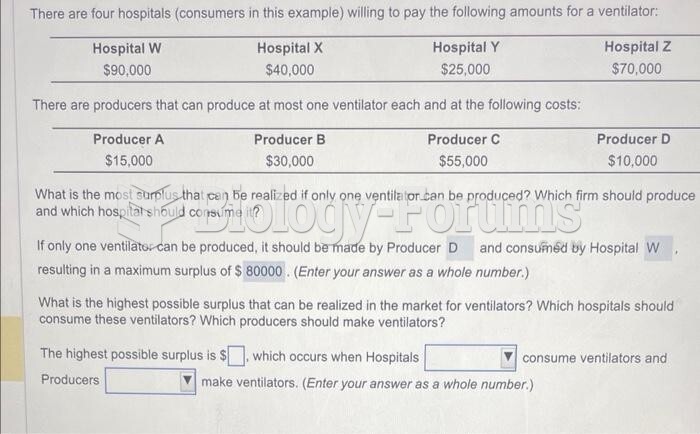|
|
|
Did you know?
Carbamazepine can interfere with the results of home pregnancy tests. If you are taking carbamazepine, do not try to test for pregnancy at home.
Did you know?
Patients who cannot swallow may receive nutrition via a parenteral route—usually, a catheter is inserted through the chest into a large vein going into the heart.
Did you know?
By definition, when a medication is administered intravenously, its bioavailability is 100%.
Did you know?
Recent studies have shown that the number of medication errors increases in relation to the number of orders that are verified per pharmacist, per work shift.
Did you know?
The most common treatment options for addiction include psychotherapy, support groups, and individual counseling.
 The relationship between number of acres a Kipsigis man owns and the number of offspring he has duri
The relationship between number of acres a Kipsigis man owns and the number of offspring he has duri
 Fighting the insurgents in the Philippines proved unpopular and enlistments declined as the war drag
Fighting the insurgents in the Philippines proved unpopular and enlistments declined as the war drag





